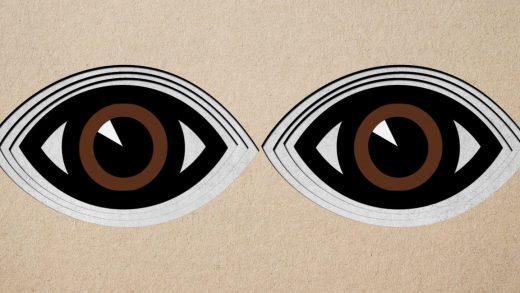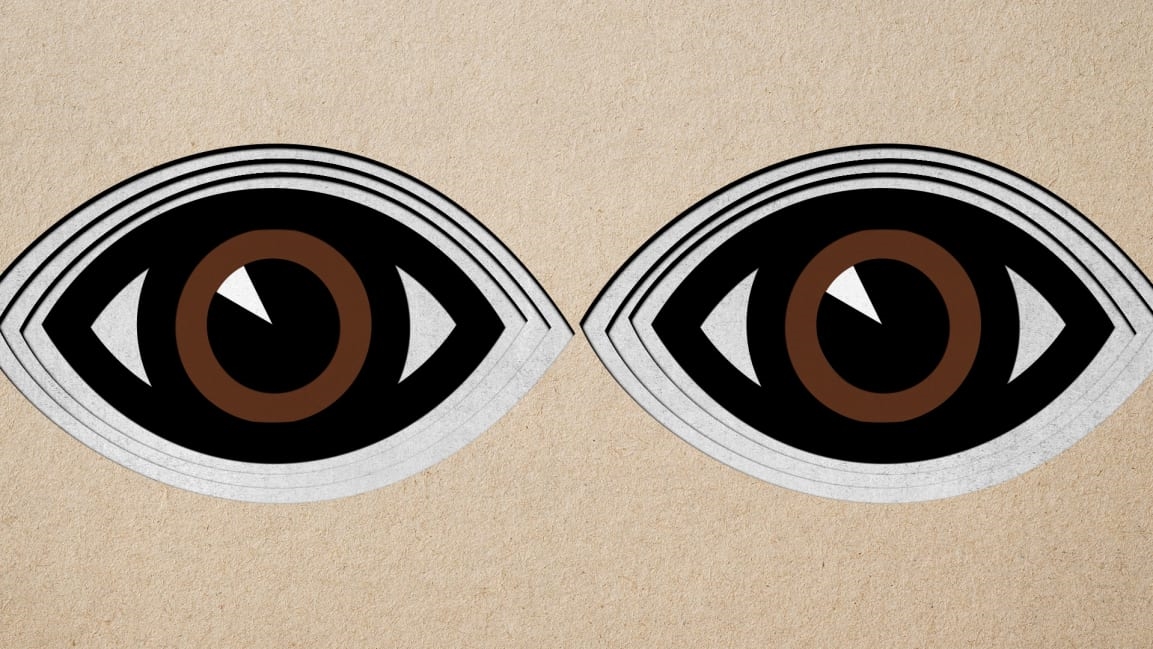Want to make people act more generously? Try this simple mind trick
Showing a set of eyes on a sign above a donation box at a busy children’s museum increased visitor contributions by 80%, according to new research from the University of Virginia. The finding, published in the October edition of the journal Human Nature, gives more weight to what’s called the “watching eyes effect.”
Numerous studies have shown that people act in ways that are more socially beneficial to everyone when they feel they’re being watched. The working theory is that it’s less about selflessness than our own survival instinct: Civilization is collaborative. If you want to succeed in the world, it probably helps to maintain a good reputation. “[H]aving other people think positively about us has all sorts of benefits for us,” says Amrisha Vaish, an assistant professor of psychology at the school, and one of the co-authors on the report. “It makes people affiliate with us and cooperate with us, and so on.”
Over the years, many experiments have shown that the suggestion of people monitoring our behavior changes that behavior. That includes increasing trash pickup, reduce bike theft, and even boosting voter turnout, according to an analysis in the report. The problem is that the conditions under which such nudges occur often vary with different settings (lab versus real world) and cues (real people, photos of eyes, cartoon ones). Not every study has found a correlation, nor have they all been repeatable.
So the University of Virginia researchers set out to track two things in a large field test: Whether a photograph of eyes had any effect, and specifically what might be triggering it. To do that, they created four signs, each of which was placed above a translucent box for a total of seven weeks within a 28-week period.
One sign featured a photograph of two pairs of eyes watching, near a message that donations would be appreciated. The others had images of either noses, mouths, which Vaish says acted as other types of less reputation-based cues of “human presence.” Others simply had photos of chairs to serve as an inanimate control.
The eyes sign collected an average of about $27 per week, about $12 more than all of the others. While the overall sum may be small, the relative increase is pretty substantial. “We are happy about the prospect that our research may have helped our local museum get more funds for their operation, and if it could help others like them that would, of course, be wonderful!” adds Caroline Kelsey, the report’s lead author in an email to Fast Company.
Still, it’s difficult to measure whether more people were triggered to give or people who would have given anyway just gave more, because the study only compares total collected against overall museum attendance. The venue had 34,100 attendees during the trial period. For the eyes box, that works out to an average of about one cent more per visitor entering the building.
The eyes sign may have outperformed all others (with the chair scoring lowest), but the experiment added a new wrinkle to this debate: The mouth images outperformed everything except the eyes, and there wasn’t a statistically significant difference between the eyes and mouths. “Mouths are still social features. We talk to each other with our mouths and we convey information with our mouths, so perhaps mouths actually serves some of the same reputational functions as eyes do. We just don’t know,” Vaish says.
Either way, there’s a bigger question around just how long such psychological priming might work. Vaish recalls once working at an office with a communal refrigerator where many people would take milk that they hadn’t paid for, and pour it into their coffee. An eyes-watching sign stopped that, but only temporarily. “It does seem like maybe initially it does have some impact but I think we kind of habituate to it over time,” she adds.
(10)



